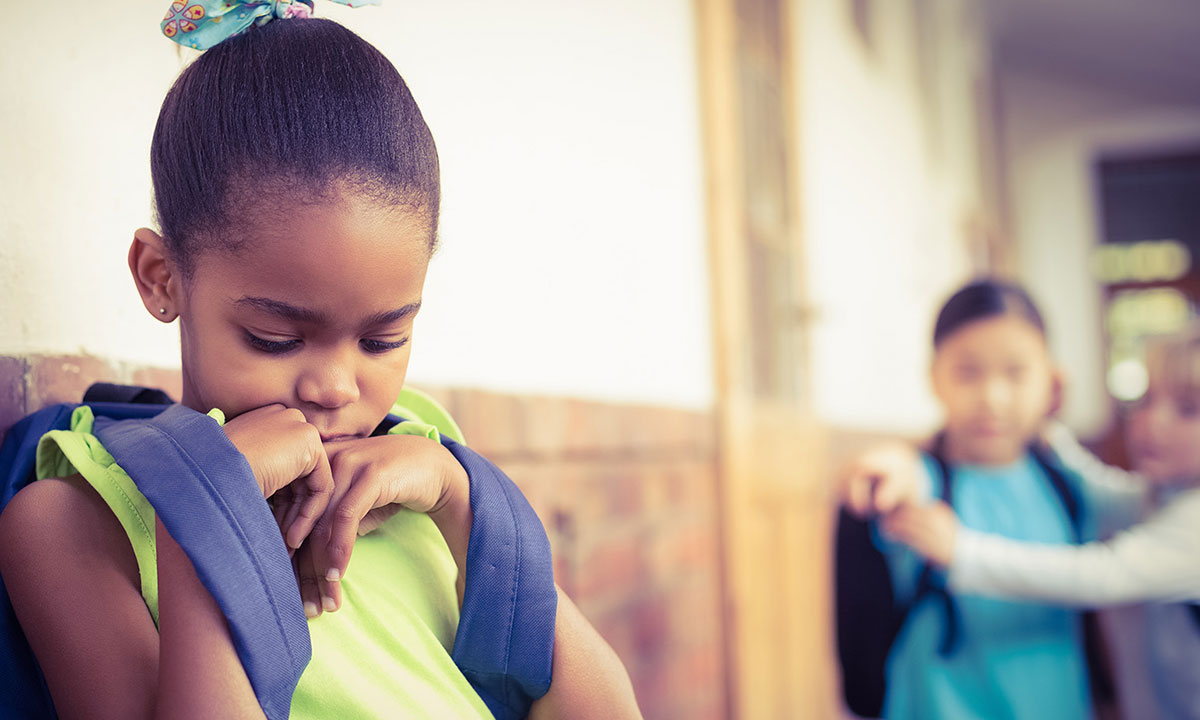
How to Prevent Bullying in Schools
April 13, 2025
The Essential Role of Family Counseling Through Divorce and Separation Time
April 13, 2025Bullying is not child’s play

Many people misuse the term bully to connotate aggressive behavior and may use the term flippantly to disparage another person or suggest that a person was only teasing another for fun or in jest. However, bullying is serious and should never be condoned, mocked, or excused. It is common to read in the news that young people have taken their lives to escape bullying and that families may not be aware of the bullying until after a child takes drastic measures to escape the situation. It should come to no surprise that to such children who feel that they have no strategies to protect themselves, that taking drastic measures to end their life may seem like their only solution in stopping the bullying. Whether the bullying occurs on the playground, at/after school, on a bus, or online, it is important for parents and those who work with children to understand the signs and risk factors associated with bullying to stop it from happening and to aid in prevention measures.
Bullying behavior is unwanted and aggressive actions that are either repeated over time or have the potential to be repeated. Children who bully use an imbalance of power (either strength, popularity, or access to embarrassing information) to control others. There can be life-long consequences for both those who bully and who are bullied. It is important that adults in their different capacities to educate and protect children call out the bullying behavior and end it immediately.
Bullying can take the form of verbal name calling and teasing, physical hitting, or damage of property, and spreading rumors or telling secrets about others. Instead of calling those who bully bullies and those who are bullied victims, it is important for us to not label children as such for fear that they become the labels. Instead of focusing on bullies and victims, we need to focus on those who bully and those who are bullied to address each separately. Bullying is an international problem with almost 20% of youth aged 12-19 and in grades 9-12 experiencing bullying of some sorts.
Children who are supported by family, friends, and school are less likely to bully. Those children who bully may come from family, peer, and school systems that model such behavior. Also, children who lack emotional and mood control may bully others. Children who are bullied tend to experience being different from others, may be perceived as weaker, may not get along well with others or have fewer friends, or experience depression or anxiety. It is important that parents and teachers who suspect children who are being bullied or are being bullied talk with kids about their experience as children do not readily tell adults when bullying occurs for fear that they will be further marginalized or ridiculed for being weak.
Some signs that bullying may be occurring include (but are not limited to):
- Change in mood
- Unexplained injuries
- Difficulty sleeping and nightmares
- Change in eating patterns
- Loss of personal items
- Self-destructive behaviors
- Decline in school performance and not wanting to go to school
- Feeling sick
It is important to address signs of bullying with children wo bully, are bullied, and who observe bullying as there are often long-term consequences such as poor academic performance and various health and mental health concerns. If you believe your child has experienced bullying, please reach out to your school counselor or trusted mental health professional. Do contact us if you are concerned about your child or would like us to assess your child for bullying.




